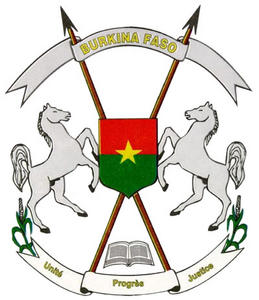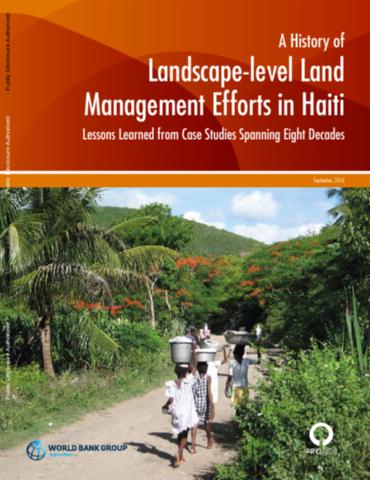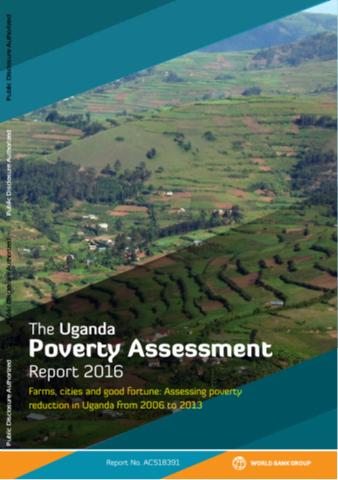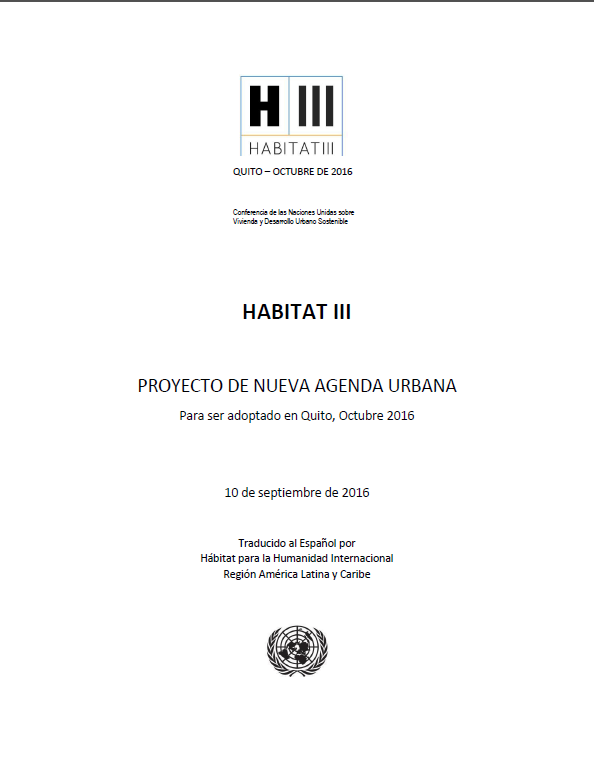Favoriser la résilience dans les zones arides d’Afrique
This publication aims to provide simple and clear and practical information about the Regional Initiative on Building resilience in Africa's drylands and raise awareness among stakeholders of the Initiative
Directives mondiales pour la restauration des forêts et des paysages dégradés dans les terres arides
Les terres arides couvrent près de la moitié de la surface terrestre et abritent un tiers de la population mondiale. Elles sont confrontées à des défis hors du commun, notamment ceux posés par la désertification, la perte de biodiversité, la pauvreté, l’insécurité alimentaire et les changements climatiques. Quelque 20 pour cent des terres arides de la planète sont dégradées, et les personnes qui vivent sur ces terres sont souvent piégées dans un cercle vicieux de pauvreté, pratiques destructrices et détérioration de l’environnement.
Soil Loss Assessment in Malawi
Soil loss is a major threat to the agricultural development in Malawi and by extension is also a major hindrance to the overall economic development of the country since the Malawian economy is dependent on agriculture. Not only does soil loss reduce the cultivable soil depth but it also takes away the fertile soils from the farmlands. The net effect is loss of agricultural productivity, increased expenditure on fertilizers, and a general decline in profitability of crop production.
Soils and climate change
Soils constitute the largest store of terrestrial carbon. When managed using Sustainable Soil Management (SSM) techniques, soils can play an important role in climate change adaptation and mitigation and could enhance the provision of ecosystem services by storing carbon (carbon sequestration) and decreasing greenhouse gas emissions in the atmosphere.
Building resilience in Africa’s drylands
To raise awarenesss among focus countries, partners and other target audience about the regional initiative and its relevance to the Organization's strategic objectives.
Patterns and Predictors of Recent Forest Conversion in New England
New England forests provide numerous benefits to the region’s residents, but are undergoing rapid development. We used boosted regression tree analysis (BRT) to assess geographic predictors of forest loss to development between 2001 and 2011. BRT combines classification and regression trees with machine learning to generate non-parametric statistical models that can capture non-linear relationships.
Entre a Implosão do El Dorado e a Contínua Degradação das Condições de Vida dos Reassentados
Este texto aborda as questões locais do impacto dos mega-projectos de mineração sobre o meio rural e agricultura - as condições de vida das pessoas reassentadas, não havendo alguma abrangência para aspectos de natureza macro. A pesquisa analisa o percurso do El Dorado Tete e a evolução das condições de vida da população reassentada em Cateme nos últimos cinco anos. A principal conclusão é de que o El Dorado Tete implodiu e as condições de vida das pessoas reassentadas em Cateme estão em contínua degradação.
A History of Landscape-Level Land Management Efforts in Haiti
Section one of this report opens with a brief environmental history of Haiti, followed by an analysis of the current state of environmental conditions, and closes with an examination of contemporary human and landscape vulnerabilities to acute and chronic environmental degradation and extreme climatic events. Section two of the report provides a brief summary of 15 regional or national landscape-level land management projects enacted in Haiti since the middle of the 20th century.
The Uganda Poverty Assessment Report 2016
Uganda’s progress in reducing poverty from 1993 to 2006 is a remarkable story of success that has been well told. The narrative of Uganda’s continued, albeit it slightly slower, progress in reducing poverty since 2006 is less familiar. This was a period in which growth slowed as the gains from reforms years earlier had been fully realized, and weak infrastructure and increasing corruption increasingly constrained private sector competitiveness (World Bank 2015). This report examines Uganda’s progress in reducing poverty, with a specific focus on the period 2006 to 2013.
Survey to assess farmers’ economic perceptions, preferences and decision-making criteria relating to climate-smart soil protection & rehabilitation in Benin, Burkina Faso, Ethiopia, India and Kenya
Key findings
Proyecto de Nueva Agenda Urbana – Versión Final para ser adoptada en Quito, Octubre 2016
PROYECTO DE NUEVA AGENDA URBANA Para ser adoptado en Quito, Octubre 2016 10 de septiembre de 2016 Traducido al Español por Hábitat para la Humanidad Internacional Región América Latina y Caribe







